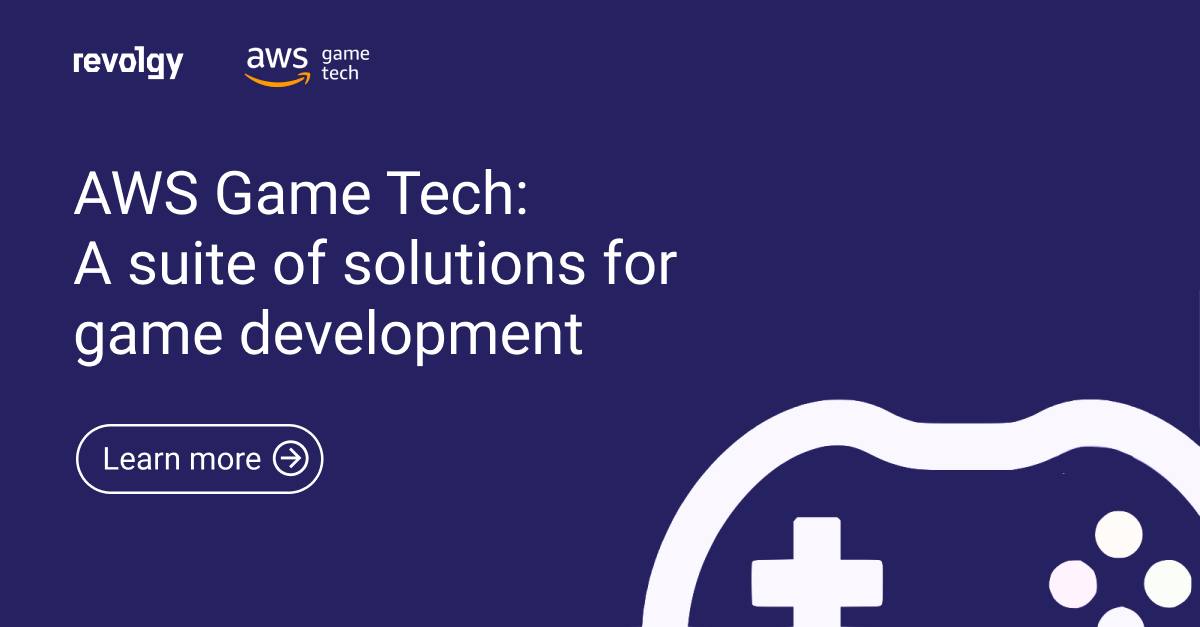AWS, Professional Services, Gaming
The Future of Gaming: Cloud-based game development
The gaming industry is increasingly adopting cloud-based game development to meet the demands of modern gamers and improve efficiency. This blog post will provide a technical overview of cloud-based game development and compare it with traditional development methods.
Understanding Cloud-Based Game Development
Cloud-based game development leverages cloud computing resources such as virtual machines, storage, and databases for creating, deploying, and managing games. This approach, if used correctly provides developers with on-demand scalability, a wide range of tools and services, and improved efficiency.
Key Differences Between Cloud-Based and Traditional Game Development
Scalability
Cloud-based development allows for dynamic scaling of resources to accommodate fluctuating player loads, ensuring a consistent gaming experience. Autoscaling features like AWS Auto Scaling enable this flexibility. Traditional development requires upfront investment in infrastructure, which can lead to over-provisioning or under-provisioning resources.
Accessibility
Using cloud enables developers to access their projects and resources from anywhere with an internet-connected device using tools like AWS Cloud9. This remote access is not available in traditional game development, where developers must be physically present at their workstations. There are also SaaS solutions like Remāngu, that enable developers to create all aspects of the the game completely remotely.
Collaboration
Cloud-based development facilitates real-time collaboration among team members using services like GitHub and GitLab. Traditional development environments may rely on manual file transfers and version control systems, limiting collaboration. To fully enhance cloud-based development there are many solutions to collaborate remotely. We recommend using Google Workspace to manage communication between everyone involved, where you can hold meetings, chat with colleagues and create and save all documents.
Cost-Effectiveness
Cloud computing uses a pay-as-you-go pricing model that allows developers to pay only for the resources they use. On the face of it, cloud computing is more expensive than owning your own resources. We know this, but cost-effectiveness depends on two factors. First, on the right setup. A cloud vendor partner can help you set up all the cloud resources and payment models according to what you really need. They can also give you a likely price upfront. Also, AWS provides a cost calculator to estimate cloud costs.
Secondly, it’s important to calculate all the resources you don't have to pay for when using a cloud solution. For example, you may have a smaller or just no office, you don't have to buy and set up very expensive workstations for your developers. You don't have to send workstations all over the world. You don't have to have separate premises to set up your infrastructure and very importantly, you are assured of the best SLA in the market and if something goes wrong, it will be covered so quickly that you won't even notice. There can be much more that you can just get rid off, while using cloud.
Security and Compliance
Cloud providers offer robust security measures and compliance certifications, helping developers ensure data security, user privacy, and adherence to industry regulations. Services like AWS Identity and Access Management and AWS Key Management Service aid in maintaining security.
Conclusion
Cloud-based game development offers numerous advantages over traditional methods, including scalability, accessibility, collaboration, cost-effectiveness, and security. But the key to leveraging all the benefits is the right systematic approach. If you have any questions, feel free to ask us anything.
As the gaming industry continues to evolve, we believe that developers will embrace cloud-based solutions like AWS Game Tech to stay competitive and deliver the best possible gaming experiences.



